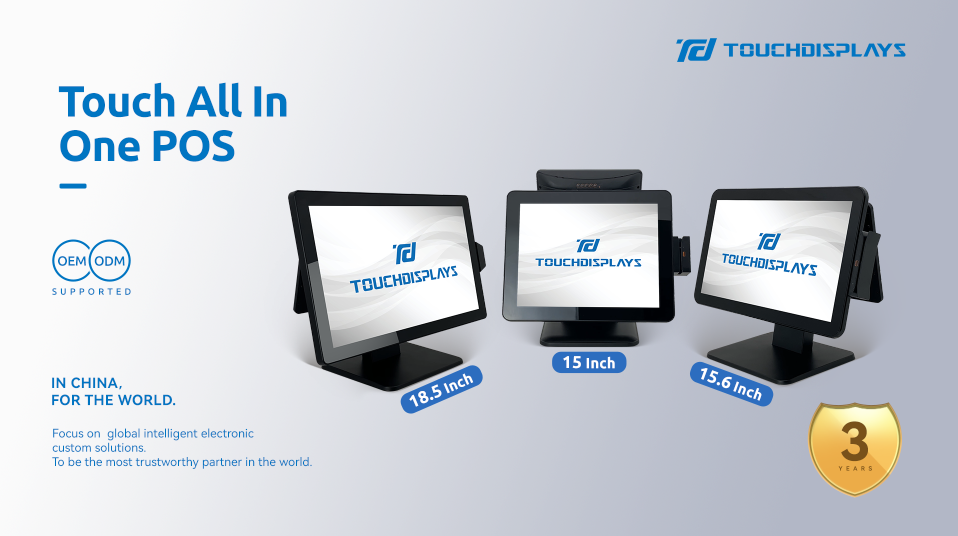RFID is one of the automatic identification (AIDC: Automatic Identification and Data Capture) technologies. It is not only a new identification technology, but also gives a new definition to the means of information transmission. NFC (Near Field Communication) evolved from the fusion of RFID and interconnection technologies. So what are the connections and differences between RFID, NFC, and traditional MSR?
An MSR (Magnetic Stripe Reader) is a hardware device that reads information encoded on the magnetic stripe on the back of a plastic card. Stripe may include information such as access rights, account numbers, or other cardholder details. Magnetic stripe readers are compatible with most ID software programs. It is often equipped with cash register hardware for payment in that magnetic cards are most commonly used in ID cards, gift cards, bank cards, etc.
RFID is a non-contact automatic identification technology. The simplest RFID system consists of three parts: Tag, Reader, and Antenna. One side of the communication is a dedicated read-write device, and the other side is a passive or active tag. Its working principle is not complex – after the tag enters the magnetic field, it receives the radio frequency signal sent by the reader, and then sends out the product information stored in the chip by virtue of the energy obtained by the induced current, or actively sends a signal of a certain frequency, and the reader reads and decodes the information. After that, it is sent to the central information system for relevant data processing.
NFC is the abbreviation of Near Field Communication, that is, short-range wireless communication technology, and its communication distance is relatively short. NFC integrates contactless card reader, contactless card, and peer-to-peer functions into a single chip. Working in the 13.56MHz international open frequency band, its data transmission rate can be 106, 212, or 424kbps, and its reading distance is no more than 10 cm in most applications.
Basically, NFC is an evolved version of RFID, and both parties can exchange information at close range. The current NFC mobile phone has a built-in NFC chip, which forms a part of the RFID module, and can be used as an RFID passive tag for payment; it can also be used as an RFID reader for data exchange and collection, or be used for data communication between NFC mobile phones. The transmission range of NFC is smaller than that of RFID. RFID can reach several meters or even tens of meters. However, due to the unique signal attenuation technology adopted by NFC, NFC has the characteristics of higher bandwidth and lower energy consumption compared with RFID.
A combination of devices is also a good option if your business needs to support many different payment methods. TouchDisplays provides a variety of modules and functions to choose from and supports product customization to ensure that your accessories can get the best compatibility. You can contact us now, our team will be happy to advise where we may assist your business.
Follow this link to learn more:
https://www.touchdisplays-tech.com/
In China, for the world
As a producer with extensive industry experience, TouchDisplays develops comprehensive intelligent touch solutions. Established in 2009, TouchDisplays expands its worldwide business in manufacturing Touch All-in-one POS, Interactive Digital Signage, Touch Monitor, and Interactive Electronic Whiteboard.
With the professional R&D team, the company is devoted to offering and improving the satisfying ODM and OEM solutions, providing first-class brand and product customization services.
Trust TouchDisplays, build your superior brand!
Contact us
Email: info@touchdisplays-tech.com
Contact Number: +86 13980949460 (Skype/ WhatsApp/ Wechat)
Post time: Jan-11-2023

